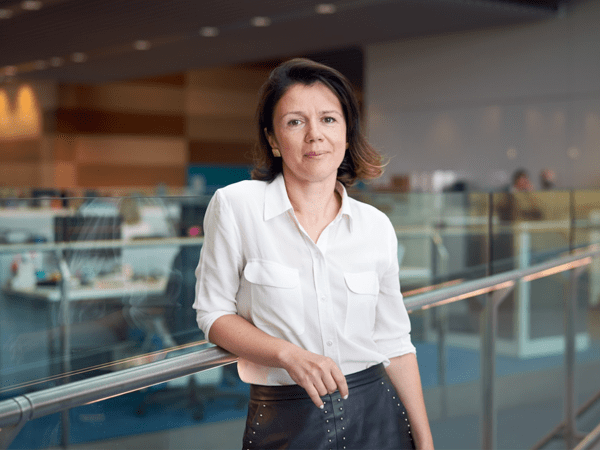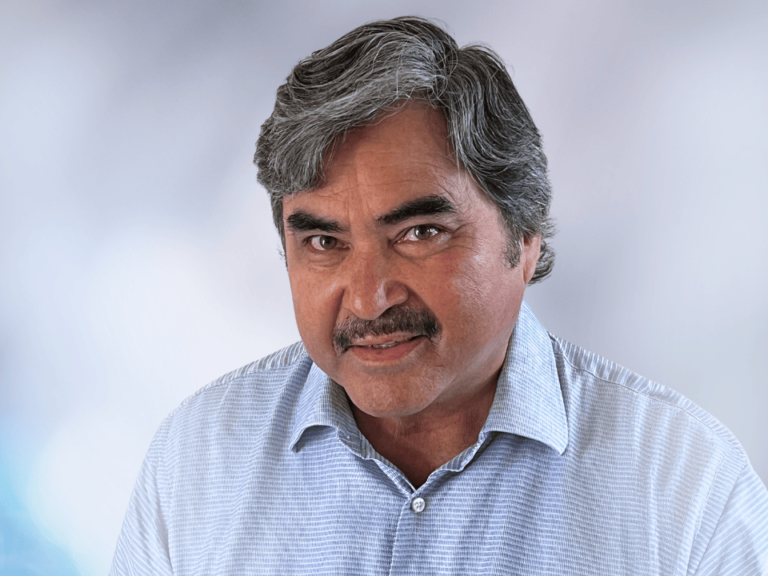University of Florida College of Pharmacy researchers have pinpointed the genetic blueprints behind dolastatin 10, a marine natural product that has led to six FDA-approved cancer drugs since 2011.
To access this subscriber-only content please log in or subscribe.
If your institution has a site license, log in with IP-login or register for a sponsored account.*
*Not all site licenses are enrolled in sponsored accounts.
Login Subscribe
If your institution has a site license, log in with IP-login or register for a sponsored account.*
*Not all site licenses are enrolled in sponsored accounts.
Login Subscribe








